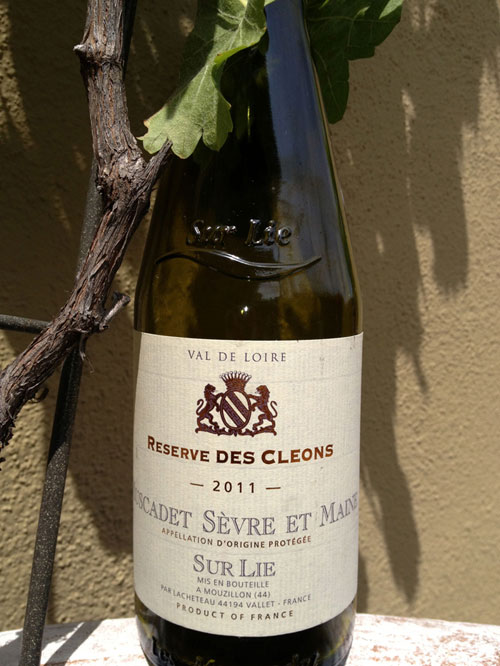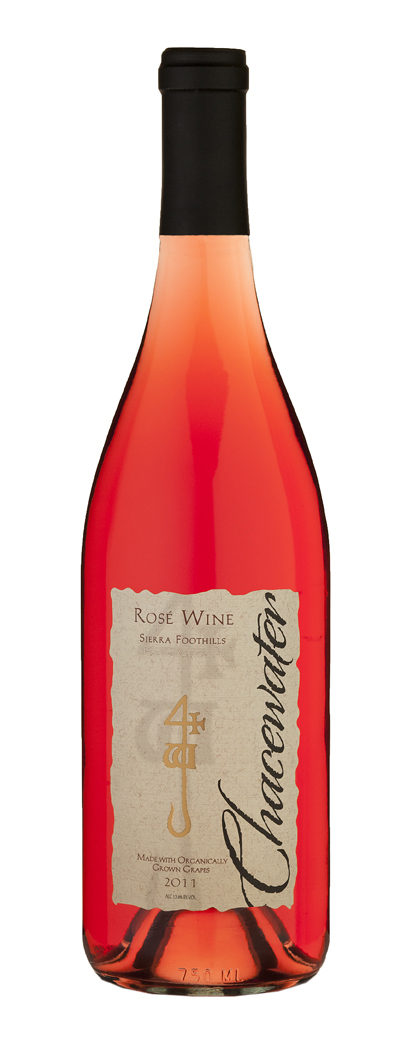Truth ‘n Wine By Terry Nozick
In winemaking, yeast plays a vital part in the creation of the final product, as it acts as the catalyst to start the grapes on their fermentation process.
In some cases, yeast plays an even bigger role, and adds elegance to what could otherwise be neural, mediocre wines. I’ve tasted a few “yeasty” wines recently that I’d like to tell you about.
But first, let’s talk more about yeast.
When a harvest is brought to the winemaking facility, the yeast in the atmosphere (or purchased yeast in many cases) converts the sugar in the grapes to alcohol. This fermentation typically continues until there is no sugar left in the wine vat. Generally, the dead yeast left over from this process is eventually filtered out of the finished wine.
In “Sur Lie” wines, however, winemakers put this yeast to work longer. Sur Lie – French for “on the lees” (lees means yeast) – is a technique whereby the wine is aged on the sediment of dead yeast cells that gathers at the bottom of the aging receptacle – either a stainless steel tank or a wooden cask. In addition to adding body and imparting a yeasty character to the wine (think champagne, but in this case still wine), the lees also helps keep the wine fresh until it is bottled. Wines labeled “Sure Lie” can be expected to have a succulent, creamy mouth feel.
The Sur Lie technique is generally used for white-wine production, and has a significant importance in the Loire Valley in France, where you will find expressions such as Muscadet de Sèrve et Maine sur Lie. In the Loire, specifically the Nantais region, closest to the Atlantic Ocean, the grapes sit on their lees for the entire winter after they are harvested. The grape used to make Mucadet is the Melon Blanc, a relatively neutral grape in taste and character. The Sur Lie process enhances the body and hence the overall appeal and value of Muscadet wines.
To taste what I call a “yeasty wine,” try a nice, but inexpensive one from the Loire that I recently discovered at Trader Joe’s. At just $6.99 a bottle, the Reserve des Cleon Muscadet Sèrves et Maine (pictured) is a lovely, drinkable white that exemplifies the creamy richness typical of its type. This wine would pair well with seafood and other light dishes, and is also pleasant on its own as a sipping wine.
Sur Lie wines are produced outside of France, too. At a recent Austrian wine tasting, I sampled a lovely Gruner Vertliner that had that same creaminess, but with a different flavor. Gruner Vertliner is an Austrian (yes, they make great wines in Austria!) white varietal that displays flavors of green grapes, salad, white pepper, and minerals. You can learn more about this wine, called Nikolaihof Gruner Vertliner Hefeabzug, at http://www.nikolaihof.at/en/wine/assortment, and search the Internet for retailers near you. It runs around $24.
In California, boutique wineries are also using Sur Lie to enhance the body and character of their vintages. A fine example that I recently tasted is Paso Robles-based Alma Sol Winery’s (www.almasolwinery.com) Santa Maria Chardonnay, which is aged on its yeast in French oak barrels. The wine is golden-colored, with pear, apple, and subtle smoky oak aromas, and has that elegant creamy mouth feel typical of Sur Lie wines ($22).
There are plenty of white wines on the market at affordable prices made in the Sur Lie manner. To find one, either ask your local wine retailer for a suggestion or take matters into your own hands and research the wine label, both back and front. Maybe you can pick some up for your Memorial Day backyard barbecue.
Until next time, cheers!






 Hi I’m Catherine, founder of Wine Women And Chocolate. Want to become a contributor for Wine, Women & Chocolate? Interested in sharing your unique perspective to a group of supportive, like-minded women?
Hi I’m Catherine, founder of Wine Women And Chocolate. Want to become a contributor for Wine, Women & Chocolate? Interested in sharing your unique perspective to a group of supportive, like-minded women?